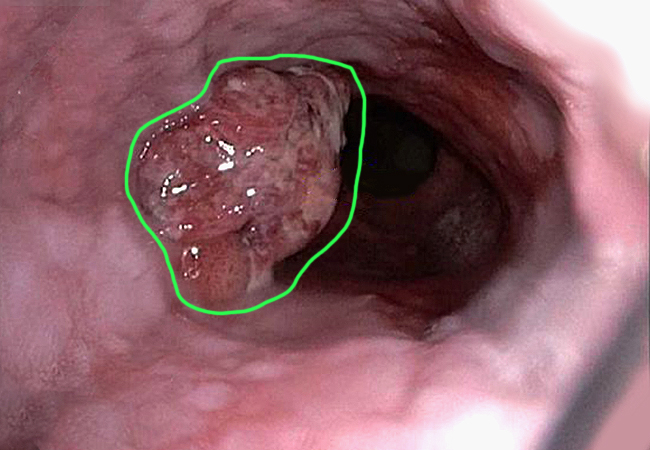Scientists from Case Western Reserve University in Ohio have made a significant breakthrough in the study of esophageal cancer by identifying a gene mutation associated with the disease, potentially leading to improved prevention and treatment methods. Esophageal adenocarcinoma (EAC) is a highly lethal cancer that affects the food pipe, and this discovery holds promise for better understanding and addressing the risks associated with it.
The lead researcher, Kishore Guda, an associate professor at the Case Western School of Medicine and a member of the Case Comprehensive Cancer Center, expressed the importance of this discovery. He believes that by identifying this gene mutation, they can now identify individuals at high risk of developing EAC and customize screening, lifestyle recommendations, and treatment strategies to prevent cancer development.
Prior research by the investigators had already revealed that up to 10% of EAC and Barrett’s esophagus patients had a family history of the disease. However, the specific genetic factors contributing to cancer development had remained poorly understood until this study.
The research team, including Amitabh Chak, a Case Western professor and a physician at University Hospitals Cleveland Medical Center, embarked on studying families with a history of the disease. They pinpointed a specific gene, Caveolin-3 (CAV3), which plays a critical role in the development of EAC.
Caveolins are structural components of cells that regulate various proteins involved in normal cell function. In the esophagus, CAV3 is typically present in specialized cells called mucosal glands, located beneath the esophageal surface. When the esophagus sustains injury, these CAV3-containing cells migrate to the site to facilitate healing.
However, in families with the identified CAV3 mutation, the researchers discovered that this mutation led to the loss of its normal function, inhibiting the repair of injured esophageal tissue. This failure to heal properly increased the risk of developing EAC.
The results of this groundbreaking discovery were published in the journal Gastroenterology.
This finding is particularly relevant for individuals with chronic heartburn, as the acid and bile from the stomach can damage the lower esophagus. Those with injured esophagi that do not heal properly are at a heightened risk of developing EAC. Understanding the role of CAV3 in esophageal healing and finding ways to correct or restore normal function in defective esophageal mucosal glands can potentially mitigate this cancer risk.
Moving forward, the researchers plan to expand their investigations by screening more families to identify genetic defects in CAV3 and other Caveolin genes. Additionally, they aim to explore the mechanisms by which CAV3 contributes to esophageal healing and to improve ablative therapy, a treatment that uses temperature to destroy abnormal tissues or tumors.
Amitabh Chak highlighted the significance of their work, noting that by studying familial clusters of the disease, they can better identify the pathways leading to cancer, allowing for more effective screening and intervention strategies to prevent the onset of esophageal cancer before it even starts.





